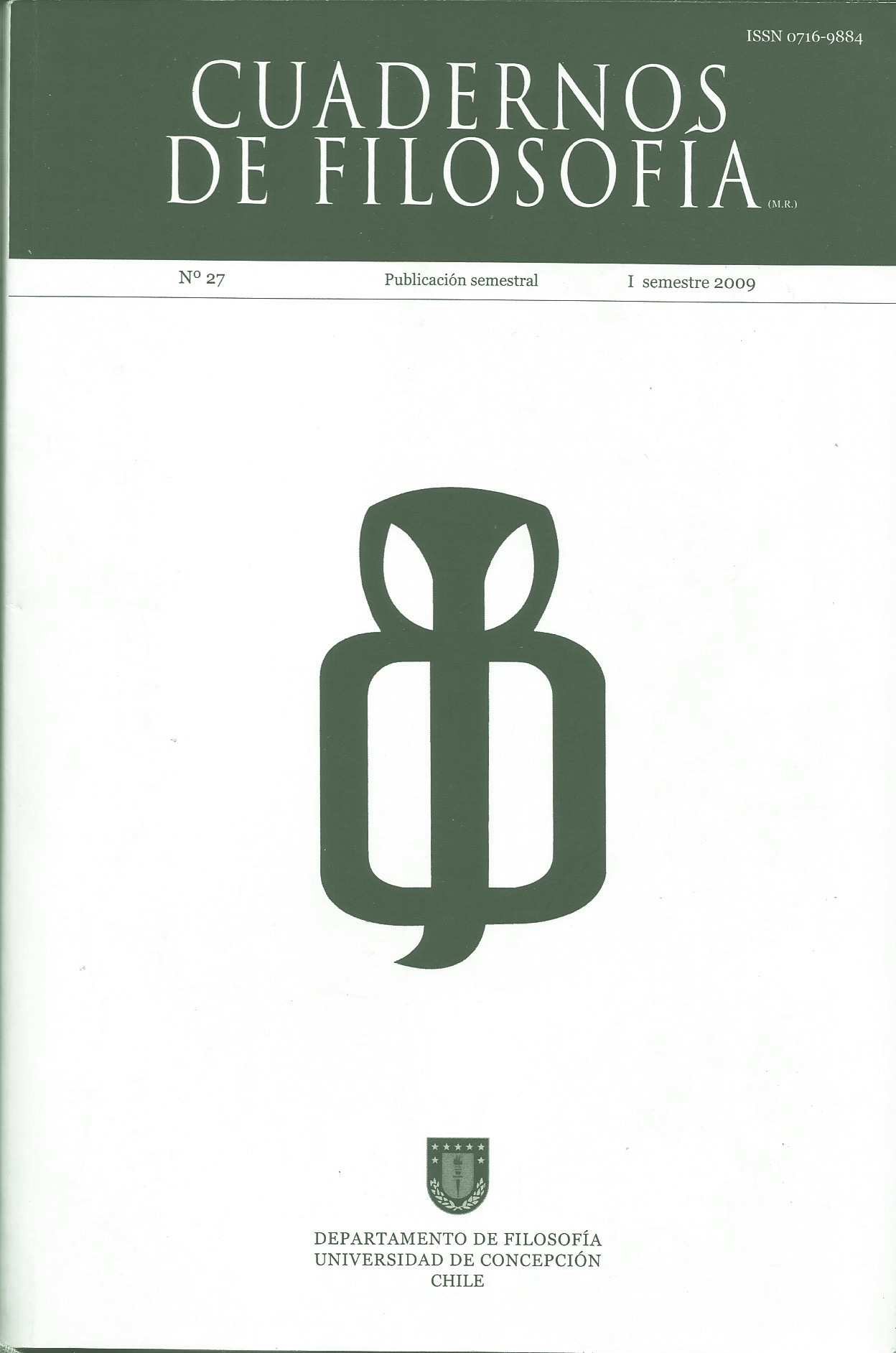Ballet for the Queen. La Naissance de la Paix and Descartes's Political Thought
Abstract
This paper tries both to rescue and present Descartes' La Naissance de la Paix within the framework of his practical philosophy. He wrote this ballet in 1640 to Queen Christina in commemoration of the Peace of Westphalia. According to Rivera, the Ballet is a piece of political theology in which regime change through a coup d'état is addressed allegorically. It is said that Descartes extracted the idea from his meditations on a moral theory to be used by a prince or a monarch in exception cases. The core of these thoughts is the notion of unforeseeable event, a thing we see reflected in the plot. There is an irresolute queen who finds her kingdom in war. Since she is unable to take any relevant decision in front of people demands of peace, the Divine Providence deposes her. It is believed that Descartes smiled as he saw a childish 23-year-old sovereign dancing a ballet about her own overthrow.
Downloads
Published
How to Cite
Issue
Section
Copyright (c) 2009 Universidad de Concepción

This work is licensed under a Creative Commons Attribution 4.0 International License.






